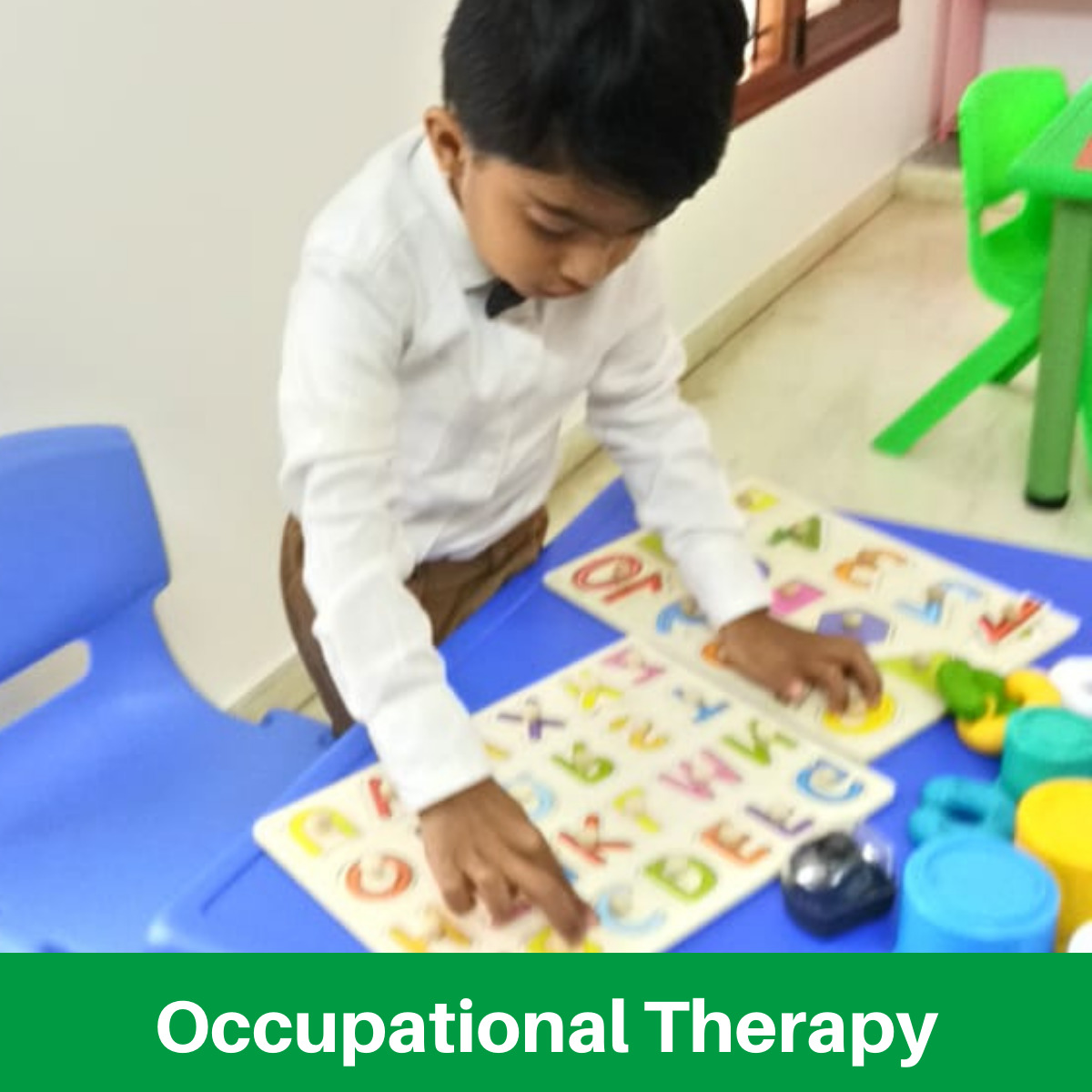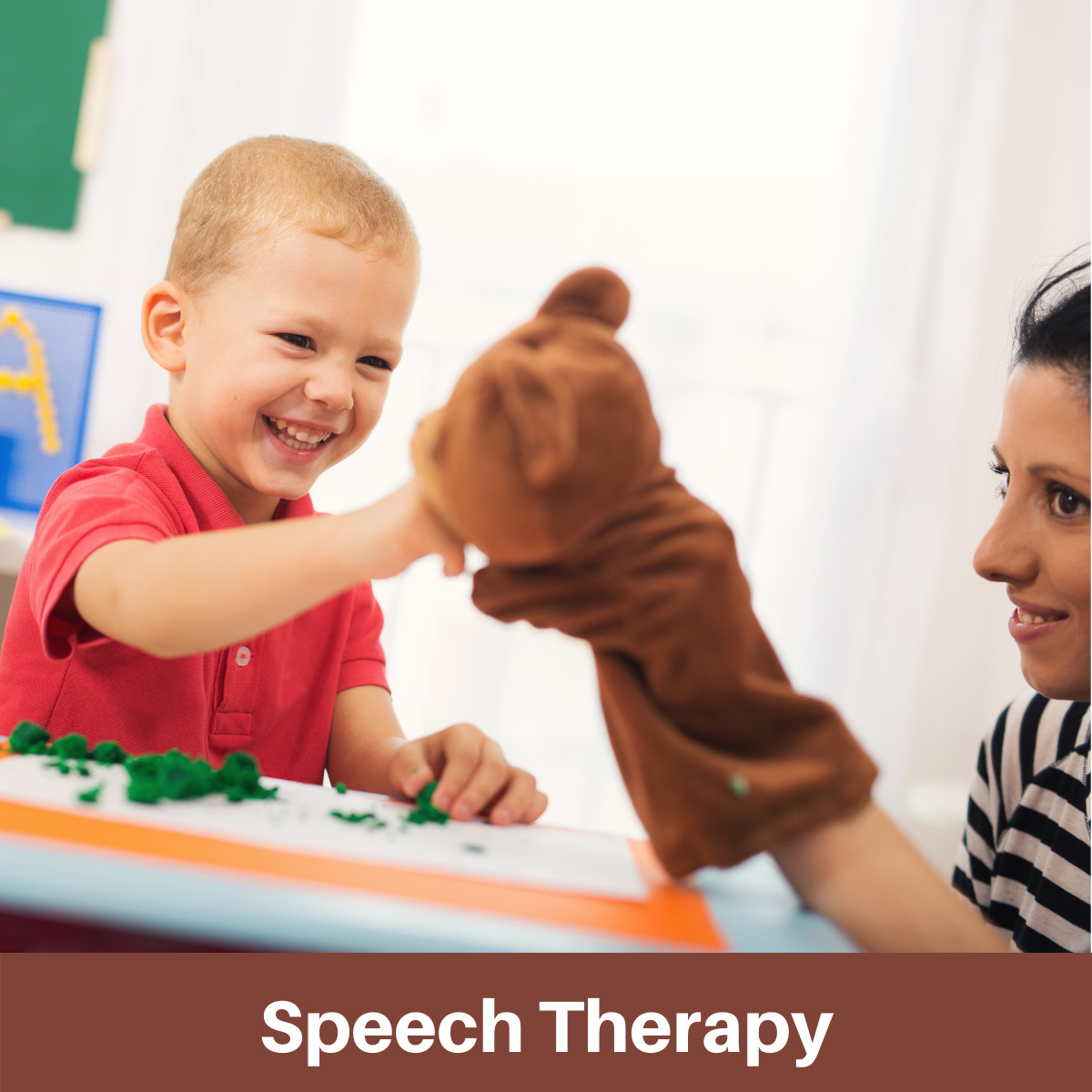
As highly social beings, communication is an essential part of everyday life. However, for children with autism, it can be challenging to interact and communicate like typically developing kids. Moreover, communication difficulties are one of the hallmark characteristics of autism spectrum disorder (ASD), characterized by persistent deficiencies in social communication and interaction.
Some of the communication challenges faced by children with ASD include difficulties in expressing emotions and maintaining a back-and-forth conversation, problems associated with nonverbal communication (eye contact, facial expressions, and reading body language), and feeling overwhelmed in social situations.
On a more personal note, parents often wonder whether their child diagnosed with ASD will ever be able to communicate effectively with others. While the answer depends on various factors, it is absolutely essential to remember that with the right strategies and support, children on the autism spectrum can gradually learn to communicate more effectively and improve their overall quality of life.
Through this blog, we hope to provide parents, educators, and autism caregivers with practical techniques for promoting effective communication in children. By using evidence-based approaches, solution-oriented tools, and fostering a supportive and encouraging environment, it is certainly possible to help your child reach their full potential, empowering them to lead fulfilling lives.
So, let’s discuss 10 effective strategies for encouraging communication in children with autism –
Reinforcement
Reinforcement techniques, such as praise and rewards, can encourage children with autism to communicate better in social settings. Besides, as an important principle of ABA therapy, reinforcement can yield significant results in achieving meaningful behavioral changes, including better communication abilities, in children on the autism spectrum.
Collaborative Problem-Solving
Collaborative problem-solving is an effective strategy for encouraging communication. By providing opportunities for joint decision-making, children can learn to better communicate their ideas and preferences with others. This approach also promotes social skills such as turn-taking, listening, and empathy, which are essential for meaningful interactions and relationships.
Early Intervention
Early intervention services can help children develop communication skills at an early age, leading to improved outcomes in the long term. The earlier a child receives intervention, the better their chances of developing effective communication skills. Early intervention programs may include speech therapy, social skills training, and behavioral interventions tailored to the child’s specific needs.
Prompts
Verbal or physical prompts can help children initiate and maintain one-on-one communication as well as group interactions. An example of a verbal prompt could be asking the child a question and providing a few possible answers to choose from. For instance, “Do you want an apple or a banana?” This gives the child a choice and motivates them to respond verbally.
Illustrative Schedules and Routines
Children with autism often benefit from predictability and structure in their daily routines. Visual schedules and routines (picture schedules or written lists), in this regard, can help them understand what to expect and reduce anxiety. This approach, in turn, can help them remain at ease and communicate more freely and effectively.
Video Modeling
Video modeling is a technique that involves watching videos of desired behaviors or actions to learn how to imitate them. The strategy can be particularly helpful for learning social and communication skills. Moreover, by practicing the exhibited behaviors, children can improve their communication abilities, while increasing their confidence and self-esteem.
Peer Modeling
Like video modeling, peer modeling can be a powerful tool for encouraging communication, as children with ASD can observe and learn efficiently from peers who demonstrate strong communication skills. Additionally, by observing and imitating their peer’s behaviors, children can learn new and improved ways of communication, leading to better social interactions with others.
Play-Based Therapy
Play-based therapy can be a fun and engaging way for children to practice their communication skills. By using games and toys, therapists, as well as parents, can encourage children to communicate and express themselves. For example, sensory bins in a child’s play area can help provide sensory input as a calming activity while granting numerous opportunities to learn, play, and explore. They are also excellent for practicing fine motor skills, exploring new textures, improving imaginative play, and prompting verbal and non-verbal communication.
Augmentative and Alternative Communication (AAC)
AAC is a method of communication that uses tools and techniques, such as sign language, gestures, or digital communication devices, to supplement or replace verbal communication. AAC can help children with autism, especially those who struggle with speech, to express themselves and convey their wants and needs.
Social Skills Training
Social skills training can help children on the autism spectrum learn how to better interact with others and develop their communication skills. These programs play an essential role in teaching social behaviors, such as making eye contact, initiating conversation, interpersonal skills, and reading social cues, as well. Through this, children can better navigate social interactions and communicate more effectively with others.
Children diagnosed with ASD have trouble comprehending the emotions and thoughts of others, making it challenging to express themselves with gestures, words, or facial expressions. And if you are struggling to help your child in this area, remember that you are not alone! With the right support and strategies, as demonstrated above, children with autism can make significant progress in their communication skills and overall social development.
In summary, some of the most effective strategies to encourage communication in children with ASD include –
- Reinforcement
- Collaborative Problem-Solving
- Early Intervention
- Illustrative Schedules and Routines
- Play-Based Therapy
- Social Skills Training
- Video Modeling
- Peer Modeling
- Augmentative and Alternative Communication (AAC)
Early Autism Services (EAS) is committed to providing the best possible care and support for children with autism. In addition, our team of experienced professionals is dedicated to providing high-quality care and support at every level.
We also offer a wide range of services to support children with autism as well as their families. So, if you’re looking for the best autism care service provider in Bengaluru for your child, connect with us today to learn more about our services and how we can work towards a brighter future for your little one.

































Recent Comments